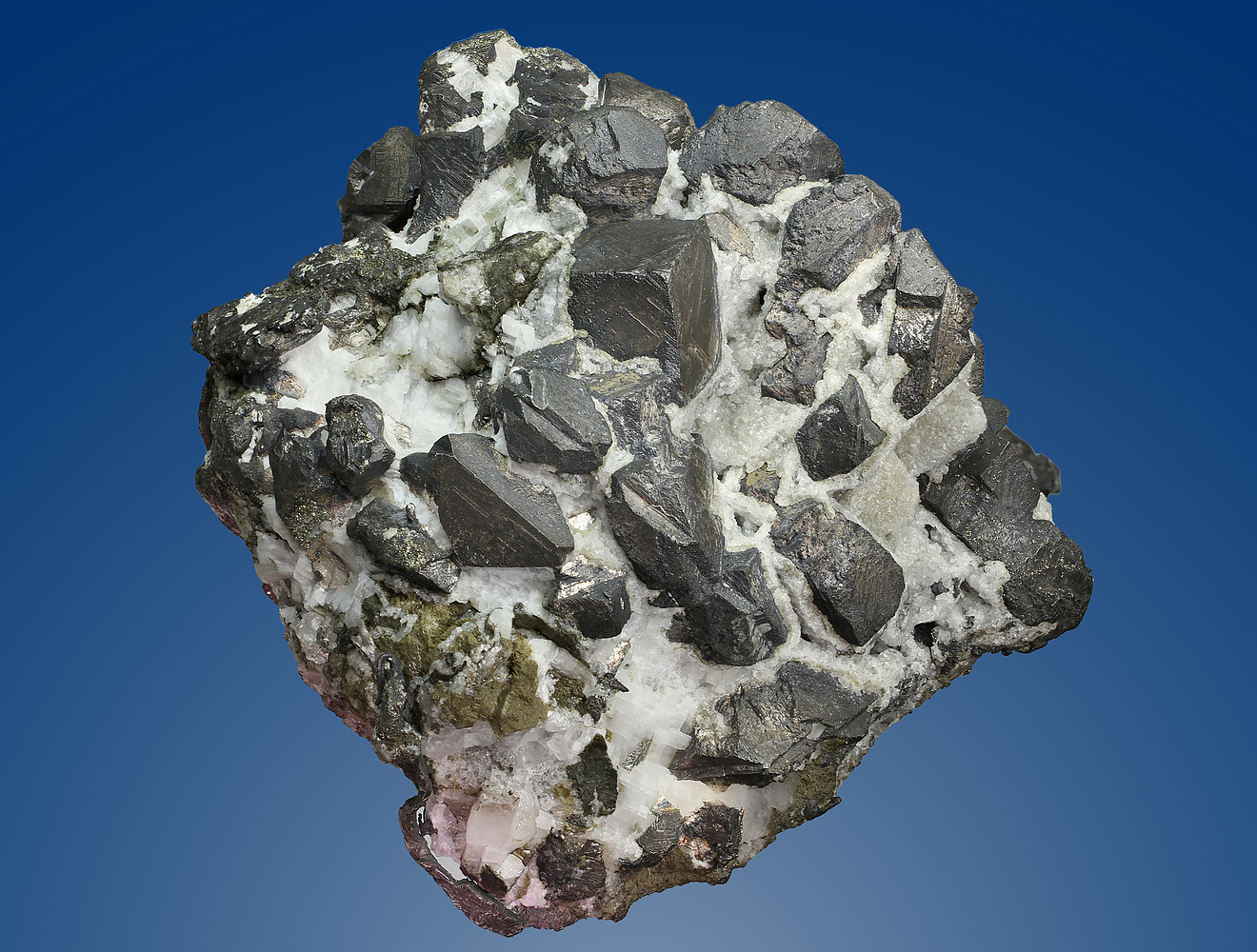Metallic minerals play a crucial role in various industries, ranging from construction and manufacturing to technology and energy production. Understanding the global distribution of these valuable resources is essential for sustainable development and strategic resource planning. In this blog post, we will delve into the depths of the Earth to uncover where metallic minerals are found, exploring their geographical distribution, extraction methods, and the significance of their presence in different regions.
- The Geological Origins of Metallic Minerals:
Metallic minerals are primarily formed through geological processes, such as magmatic, hydrothermal, and sedimentary activities. Magmatic deposits, formed from the cooling and solidification of molten rock, are often associated with igneous rocks like granite and basalt. Hydrothermal deposits, on the other hand, result from hot fluids circulating through fractures in the Earth's crust, depositing minerals as they cool. Lastly, sedimentary deposits are formed by the accumulation of minerals in sedimentary rocks over time. - Major Metallic Mineral Reserves Worldwide:
a) Iron Ore: Iron ore, a key component in steel production, is widely distributed across the globe. Major reserves are found in countries like Australia, Brazil, China, India, and Russia. These regions possess vast deposits due to favorable geological conditions and long-standing mining operations.
b) Copper: Copper, essential for electrical wiring and electronics, is found in numerous countries. Chile, Peru, China, the United States, and Australia are among the leading copper producers, with extensive deposits in their respective territories.
c) Gold: Gold, prized for its beauty and value, is found in various forms, including veins, placer deposits, and as a byproduct of other mining activities. Prominent gold-producing countries include China, Australia, Russia, the United States, and Canada.
d) Aluminum: Bauxite, the primary source of aluminum, is predominantly found in tropical and subtropical regions. Leading bauxite producers include Australia, Guinea, China, Brazil, and India.
- Unique Geological Features and Extraction Techniques:
a) Volcanogenic Massive Sulfide (VMS) Deposits: VMS deposits, rich in copper, zinc, and lead, are associated with volcanic activity. These deposits are often found near ancient or active volcanic regions, such as the Canadian Shield, the Andes, and the Pacific Ring of Fire.
b) Porphyry Copper Deposits: Porphyry copper deposits are large, low-grade deposits formed by hydrothermal fluids associated with magmatic intrusions. These deposits are typically found in mountainous regions, including the Andes, North America, and Southeast Asia.
c) Deep-Sea Mineral Deposits: The ocean floor holds vast reserves of metallic minerals, including manganese nodules, cobalt-rich crusts, and seafloor massive sulfides. These resources, found in areas like the Clarion-Clipperton Zone in the Pacific Ocean, present unique extraction challenges due to their depth and environmental considerations.
- Environmental and Social Implications:
The extraction of metallic minerals has significant environmental and social implications. Mining activities can lead to habitat destruction, water pollution, and greenhouse gas emissions. It is crucial for mining companies and governments to adopt sustainable practices, including land reclamation, water treatment, and community engagement, to mitigate these impacts.
Conclusion:
The global distribution of metallic minerals is a testament to the Earth's geological diversity. Understanding where these resources are found and the unique geological features associated with their formation enables us to make informed decisions about resource management, sustainable development, and responsible mining practices. By harnessing these valuable resources responsibly, we can ensure a prosperous and sustainable future for generations to come.
